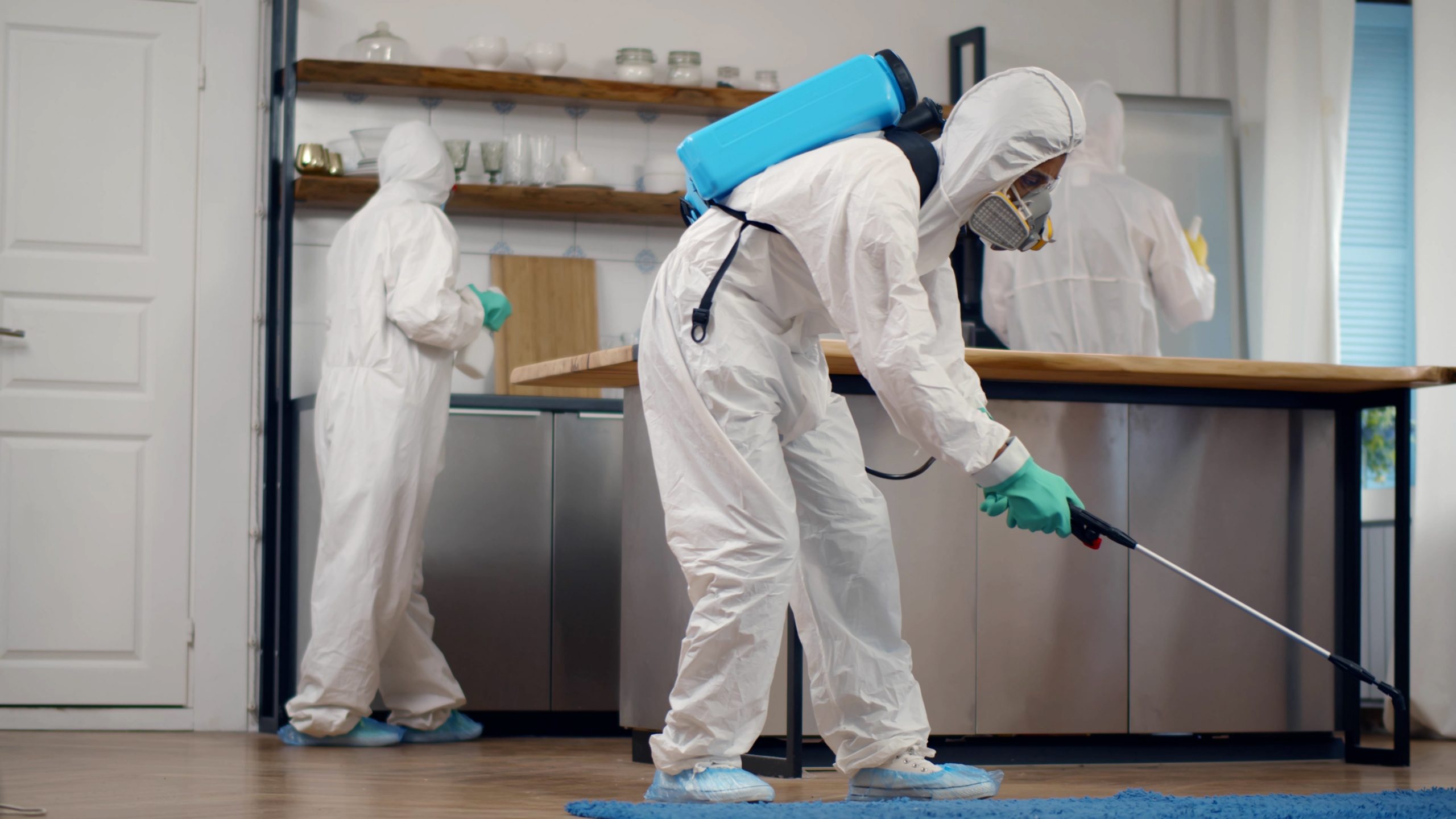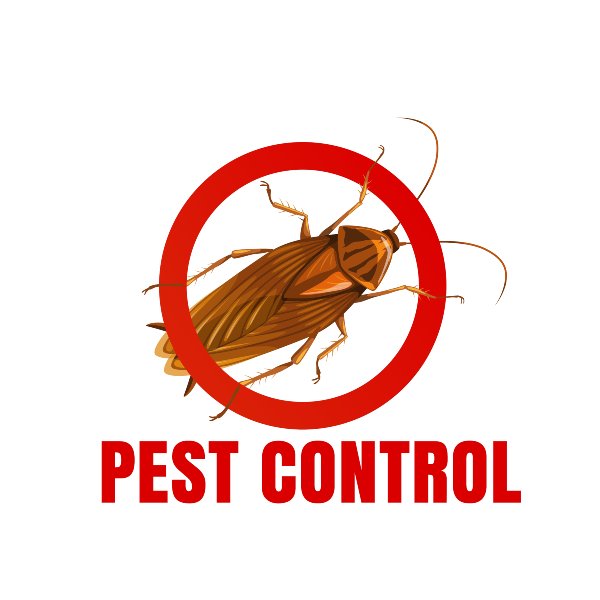A1 Bed Bug Exterminator Charlotte - Effective and Economical Services
A1 Bed Bug Exterminator Charlotte - Effective and Economical Services
Blog Article
Bed Insect Treatment Malfunction: Comparing Chemical Vs. Non-Chemical Solutions
In the realm of bug control, specifically when handling the consistent issue of bed bugs, the option between chemical and non-chemical therapy solutions can be a critical one. Both methods offer unique advantages and downsides, affecting variables such as efficiency, security factors to consider, and overall price. By checking out the nuanced details of each method, a clearer understanding of which path to seek in addressing a bed insect invasion can be achieved.
Efficiency of Chemical Therapies
Chemical treatments for bed bug infestations have been commonly identified for their potent and fast efficiency in getting rid of these insects. When considering the efficiency of chemical therapies, it is vital to comprehend that they can give a quick and comprehensive remedy to a bed pest trouble.
Moreover, chemical treatments have the advantage of offering residual results, indicating that they can remain to eliminate bed bugs also after the preliminary application. This residual activity is specifically helpful in combating any type of potential re-infestations. Additionally, the quick activity of chemical therapies can bring relief to people encountering extreme bed insect infestations, allowing them to gain back control of their home swiftly.
Safety Problems With Chemical Solutions
One crucial aspect that calls for careful consideration when using chemical remedies for bed insect therapy is making certain the safety and security of residents and the setting. While chemical therapies can be reliable in eradicating bed insects, they might posture risks if not taken care of effectively. Among the primary security worry about chemical remedies is the prospective damage they can trigger to human health. Direct exposure to specific chemicals utilized in bed insect treatments can lead to respiratory system concerns, skin irritability, or other damaging reactions, especially in people with pre-existing conditions or sensitivities. Furthermore, improper application or dose of chemical pesticides can result in harmful residues lingering in the cured area, posing lasting health dangers to occupants.
Additionally, the environmental influence of chemical solutions is one more significant consideration. Some chemicals used in bed bug therapies might be unsafe to beneficial bugs, wildlife, and environments if they seep right into the dirt or water systems. It is necessary to make use of chemical therapies deliberately, adhering to safety guidelines, and considering less poisonous alternatives to alleviate these dangers and make certain the effective and risk-free management of bed pest problems.
Advantages of Non-Chemical Techniques
Thinking about the potential safety worries and ecological influence connected with chemical remedies for bed pest therapy, exploring non-chemical strategies provides an encouraging alternative with several unique benefits. Non-chemical treatments are ecologically pleasant, as they do not add to air or water pollution, making them a lasting option for insect control.
In addition, non-chemical options can be efficient in targeting bed pests, consisting of hard-to-reach locations where chemical treatments may not pass through. Methods such as warmth therapy, vacuuming, vapor cleansing, and mattress coverings give detailed removal without using dangerous chemicals. Moreover, non-chemical techniques can be click for more less disruptive, calling for very little prep work and permitting quicker reentry into treated locations. Generally, selecting non-chemical bed bug therapy techniques not just focuses on safety and security and environmental security but additionally ensures efficient and thorough pest control.
Limitations of Non-Chemical Treatments

In addition, non-chemical therapies commonly call for numerous applications to achieve successful elimination. This can be time-consuming and may not always guarantee total removal of all bed bugs and their eggs, particularly in hidden or hard-to-reach places.
In addition, the success of non-chemical therapies heavily relies official source upon proper application and thoroughness, which can be challenging for people without expert competence. Poor application of non-chemical techniques might result in incomplete obliteration, bring about consistent problems and the demand for extra treatments.
Consequently, while non-chemical therapies have their benefits, it is vital to acknowledge these constraints and consider them when figuring out one of the most effective method for managing bed insect infestations.
Cost Comparison: Chemical Vs. Non-Chemical Options
Given the limitations associated with non-chemical treatments, a vital element to assess in the context of bed pest administration is the expense comparison between chemical and non-chemical alternatives. In contrast, non-chemical therapies like warmth therapy or steam can be extra expensive, with expenses varying from $1,000 to $6,000 for an entire home. While the first price of chemical therapies might appear lower, several therapies may be called for to fully get rid of the invasion, potentially raising the total cost.
Final Thought

Thinking about the prospective security issues and environmental effect associated with chemical services for bed insect treatment, checking out non-chemical strategies offers a promising option with numerous unique advantages.Offered the limitations associated with non-chemical treatments, a crucial aspect to assess in the context of bed pest administration is the expense contrast between chemical and non-chemical options. In comparison, non-chemical treatments like warmth treatment or steam can be much more costly, with costs ranging from $1,000 to $6,000 for an entire home. While the first price of chemical treatments might seem lower, several therapies might be called for to completely eradicate the problem, potentially enhancing the overall cost.In final thought, when comparing chemical and non-chemical bed pest therapy choices, it is essential to consider efficiency, safety, benefits, Visit This Link constraints, and expense.
Report this page